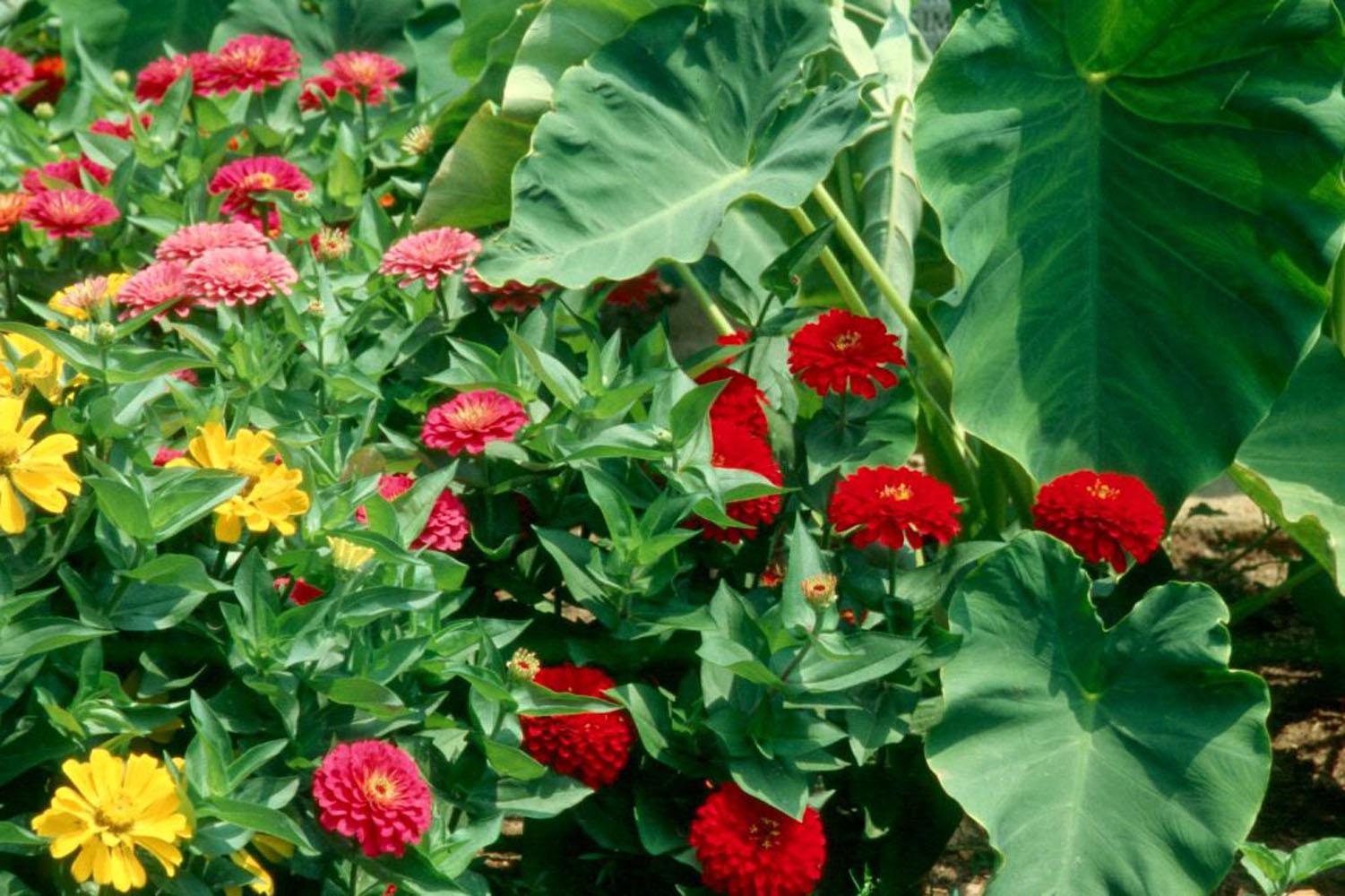Information Possibly Outdated
The information presented on this page was originally released on August 19, 2004. It may not be outdated, but please search our site for more current information. If you plan to quote or reference this information in a publication, please check with the Extension specialist or author before proceeding.
Cool summer makes great garden weather
By Norman Winter
MSU Horticulturist
Central Mississippi Research & Extension Center
I don't know if it has happened before in my lifetime. If it has, I don't remember, and I am sure it never happened during my brief football career. I am talking about the weather.
I have always been a proponent of planting some flowers in August, but with the recent weather, it should be a no-brainer. The weather, coupled with fresh crops of zinnias, marigolds and others arriving at your garden center, is making it fun to get back out in the yard and do a little digging.
It's been incredible to see how fast my new Dreamland zinnias have started to grow and bloom. They are already making a landscape impact.
When I say landscape, the first zinnia that comes to mind is the Dreamland. The Dreamland zinnia has been used all over the campus of Mississippi State University in Starkville in recent years to add bold color for visitors and students.
These zinnias produce enormous flowers reaching close to 4 inches wide that almost resemble those on a homecoming mum. The bright, colorful flowers are produced on short, stocky plants that reach just 18 inches tall, so they need no staking and will not fall over.
Many of you may be thinking that zinnias get leaf-spotting diseases. This is a problem with some varieties, but if you look at the foliage of the Dreamland zinnias, you will quickly notice there is hardly any leaf spotting disease. This makes the series an environmentally friendly performer in Southern landscapes.
Dreamland zinnias, with their bright, colorful, dahlia-like blossoms, look good grown as a mixture or in single colors. On campus, they've had mixes planted with elephant ears to give a tropical look.
Wherever you look, it seems that commercial landscapes are using them in single colors with plants like marigolds, Tropicana canna and ornamental sweetpotatoes. Dreamland zinnias are available in colors sure to fit your palette.
When you consider that the colors of fall are oranges, yellows and reds, then the marigold may be the ideal plant. They are loaded with bold colors and bold flowers that range in size from a quarter to a tennis ball. While typically thought of as spring flowers, they are ideal for fall.
Maybe you've come to despise your marigolds because they are loaded with spider mites. The truth is, spring-planted marigolds are susceptible to spider mites, especially as it heats up in the summer. Research in Texas has shown that marigolds planted in August are not nearly so plagued by spider mites because their reproductive rates change as they head into fall.
Large-flowered, compact varieties like Antigua, Voyager and Discovery excel in the landscape, as do the slightly larger Inca and Marvel. The smaller, multi-colored, Safari and Bonanza are also knockout performers.
Whether you want Dreamland zinnias or marigolds, prepare your beds by incorporating 3 to 4 inches of organic matter and 2 pounds of a slow-release, 12-6-6 fertilizer per 100 square feet of bed space. Direct-seed or set out transplants that have little to no color showing.
Thin the seedlings to proper spacing to allow for the vigorous growth that is about to occur. Mulch when the seedlings are large enough or after setting out transplants. Side-dress the young plants in six to eight weeks with light applications of the fertilizer.
Both zinnias and marigolds combine nicely with other colorful fall flowers like mums, Mexican bush sage and asters. You will notice they bloom before and after mums, and they are downright inexpensive.




